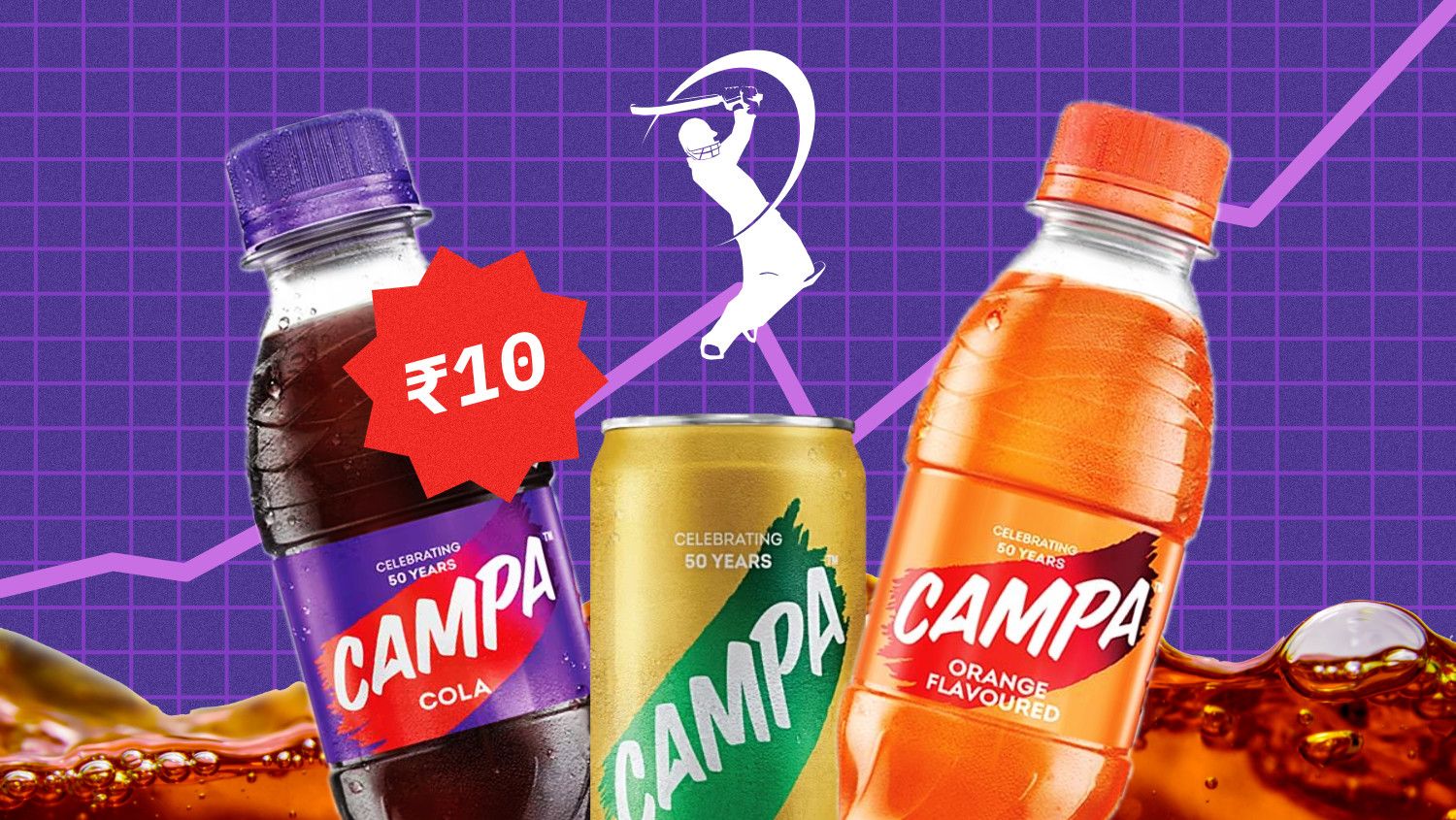Science Has the Recipe for Perfectly Cooked Rooster
Skoltech scientists have uncovered a way to use chemical sensors and computer vision to identify when grilled chicken is cooked just appropriate. These applications can help dining places check and automate cooking procedures in their kitchens and potentially one working day even close up in your ‘smart’ oven. The paper detailing the outcomes of this investigation, supported by a Russian Science Basis grant, was released in the journal Food stuff Chemistry.
How do you tell that chicken breast on your grill is completely ready for your plate? Nicely, you probably seem at it carefully and scent it to make sure it is performed the way you like it. Nevertheless, if you are a cafe chef or head prepare dinner at a huge industrial kitchen area, you can’t definitely depend on your eyes and nose to make certain uniform benefits up to the benchmarks your clients assume. That is why the hospitality sector is actively hunting for inexpensive, trusted and delicate equipment to switch subjective human judgement with automatic high-quality manage.
Professor Albert Nasibulin of Skoltech and Aalto College, Skoltech senior analysis scientist Fedor Fedorov and their colleagues determined to do just that: get an ‘e-nose’, an array of sensors detecting certain parts of an odor, to ‘sniff’ the cooking hen and a computer system eyesight algorithm to ‘look’ at it. ‘E-noses’ are more simple and less costly to work than, say, a gasoline chromatograph or a mass spectrometer, and they have even been proven to be equipped to detect numerous kinds of cheeses or pick out rotten apples or bananas. Laptop vision, on the other hand, can understand visible styles – for instance, to detect cracked cookies.
The Skoltech Laboratory of Nanomaterials, led by Professor Nasibulin, has been establishing new components for chemical sensors 1 of the apps for these sensors is in the HoReCa section, as they can be applied to control the quality of air filtration in cafe air flow. A scholar of the lab and co-author of the paper, Ainul Yaqin, traveled to Novosibirsk for his Industrial Immersion undertaking, exactly where he applied the lab sensors to test the success of industrial filters generated by a key Russian business. That undertaking led to experiments with the smell profile of grilled chicken.
“At the exact same time, to ascertain the appropriate doneness state, a single are not able to depend on ‘e-nose’ only but have to use laptop or computer vision — these instruments give you a so-termed ‘electronic panel’ (a panel of digital ‘experts’). Making on the great working experience in personal computer vision approaches of our colleagues from Skoltech CDISE, together, we analyzed the hypothesis that, when merged, laptop or computer eyesight and electronic nose offer a lot more exact command over the cooking,” Nasibulin claims.
The team chose to combine these two approaches for a way to keep an eye on the doneness of meals precisely and in a contactless manner. They picked hen meat, which is preferred throughout the earth, and grilled quite a great deal of chicken breast (acquired at a regional Moscow grocery store) to ‘train’ their instruments to appraise and forecast how very well it was cooked.
The scientists constructed their individual ‘e-nose’, with eight sensors detecting smoke, alcohol, CO and other compounds as properly as temperature and humidity, and place it into the air flow process. They also took images of the grilled hen and fed the information and facts to an algorithm that precisely seems for patterns in info. To define adjustments in odor steady with the a variety of levels of a grilling method, experts utilized thermogravimetric examination (to watch the sum of volatile particles for the ‘e-nose’ to detect), differential mobility investigation to measure the dimension of aerosol particles, and mass spectrometry.
But potentially the most important component of the experiment associated 16 PhD students and researchers who flavor-tested a great deal of grilled hen breast to level its tenderness, juiciness, intensity of taste, appearance and general doneness on a 10-point scale. This data was matched to the analytical success to check the latter from the perception of individuals who generally finish up having the chicken.
The scientists grilled meat just exterior the lab and employed the Skoltech canteen to established up the screening internet site. “Due to the COVID-19 pandemic, we experienced to put on masks and carry out screening in little groups, so it was a alternatively abnormal expertise. All members have been given instructions and supplied with sensory analysis protocols to do the job effectively. We cooked lots of samples, coded them, and applied them in blind tests. It was a quite interesting knowledge for people today who are largely materials researchers and depend on facts from advanced analytical applications. But, chicken tissues are supplies much too,” Fedorov notes.
The team reviews that their technique was equipped to identify undercooked, nicely-cooked and overcooked rooster pretty well, so it can probably be employed to automate quality regulate in a kitchen environment. The authors note that, to use their technique on other areas of the hen – say, legs or wings – or for a distinctive cooking strategy, the electronic ‘nose’ and ‘eyes’ would have to be retrained on new information.
The scientists now approach to examination their sensors in restaurant kitchen environments. A person other potential application could be ‘sniffing out’ rotten meat at the very early stages, when variations in its scent profile would still be far too subtle for a human nose.
Reference
Fedorov FS, Yaqin A, Krasnikov DV, et al. Detecting cooking point out of grilled hen by digital nose and pc vision techniques. Food items Chemistry. 2021345:128747. doi:10.1016/j.foodchem.2020.128747
This write-up has been republished from the pursuing products. Observe: material may well have been edited for length and content. For additional information and facts, you should get hold of the cited source.









